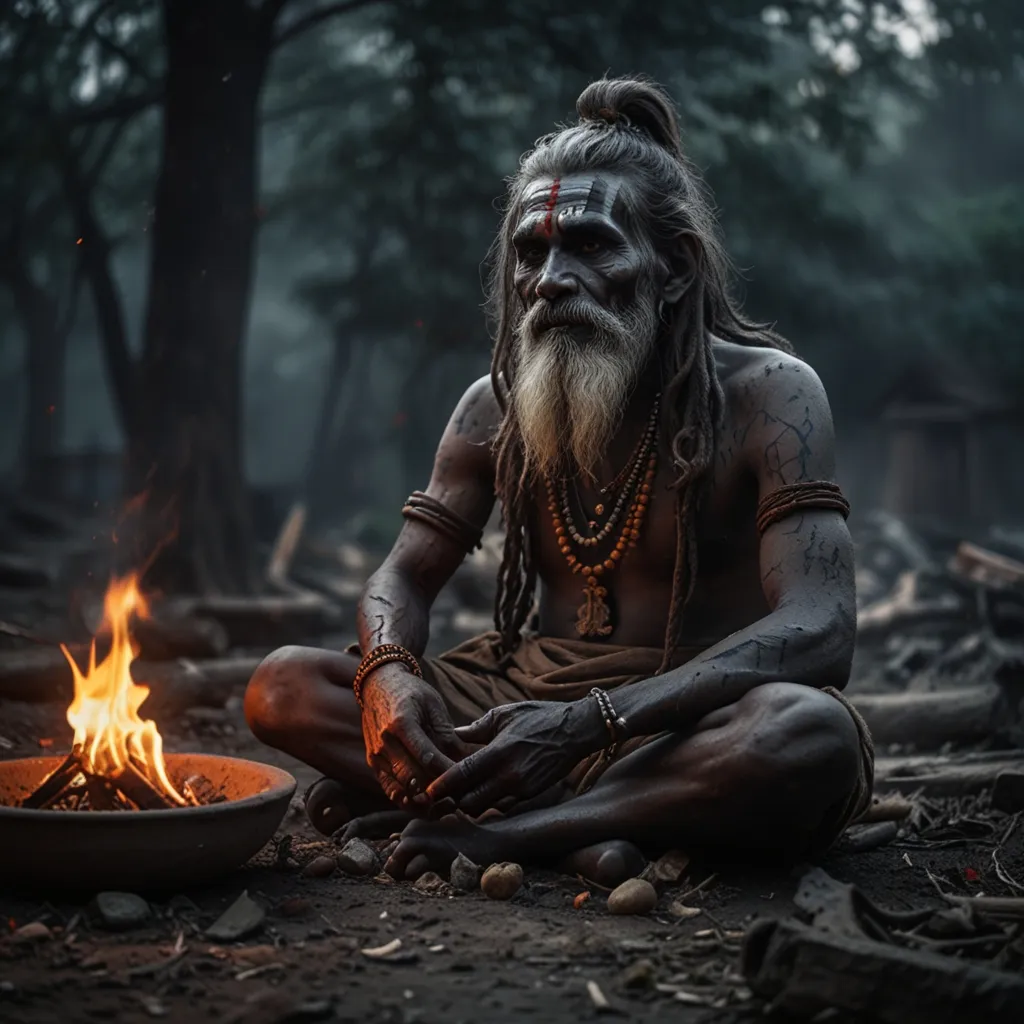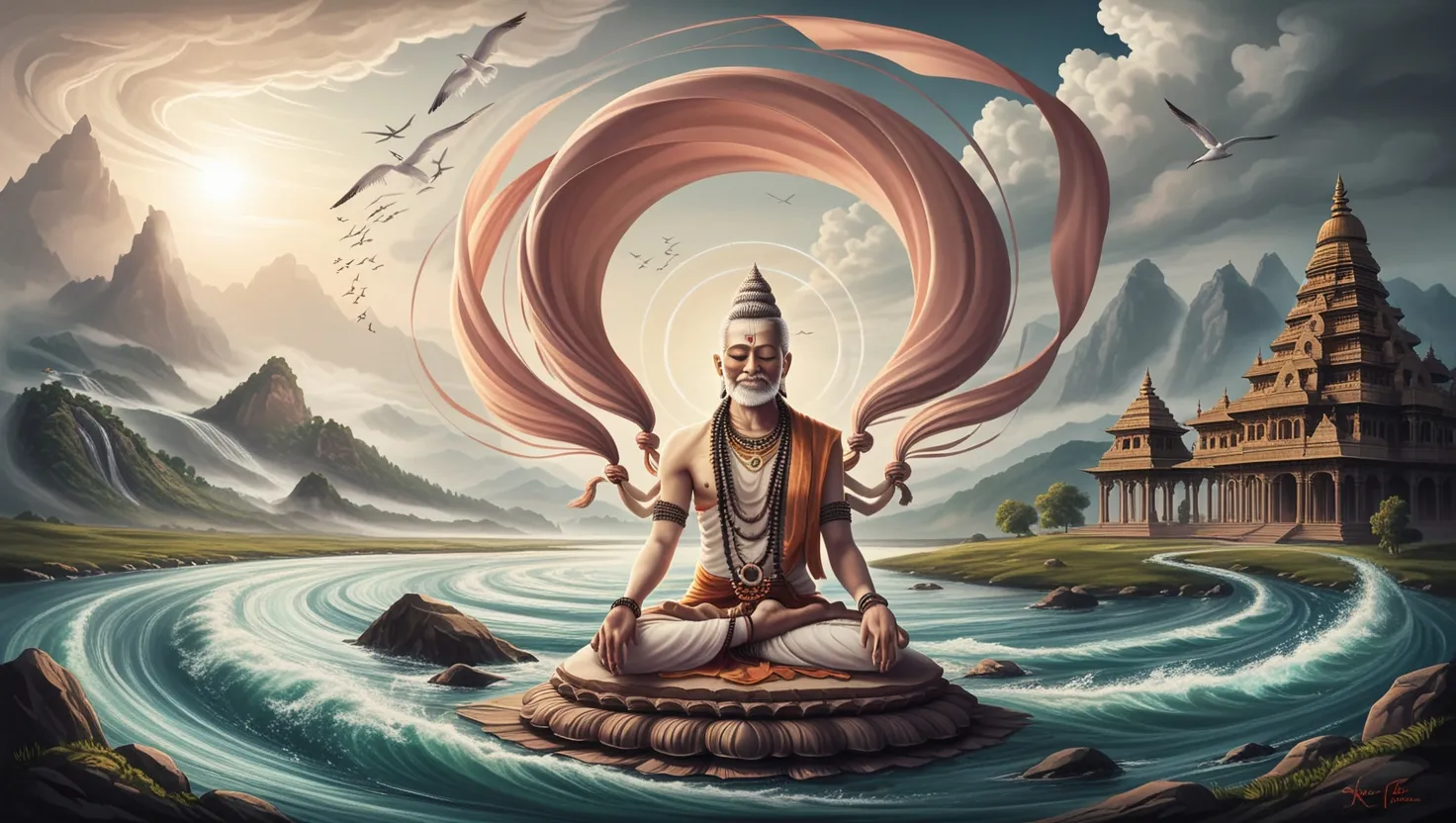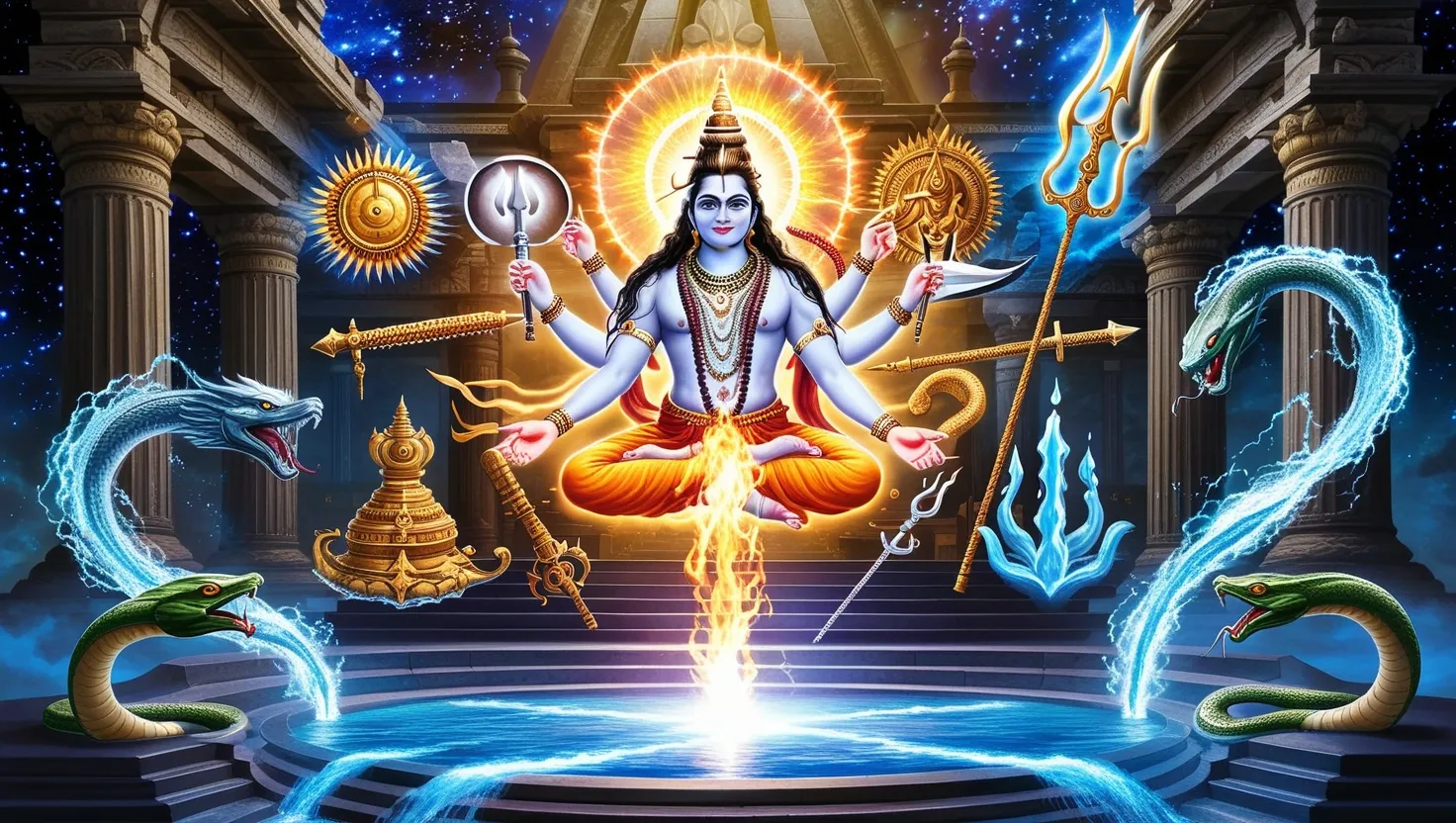Nestled in the vibrant tapestry of India, especially Uttar Pradesh, lies an enigmatic and often misunderstood group of ascetic Shaivite sadhus known as the Aghoris. Derived from the Sanskrit word “aghora,” meaning “not dreadful” or “dreadless,” their name encapsulates their fearless embrace of the unconventional and the taboo. Aghoris are the last torchbearers of the Kāpālika tradition, a form of Shaivism that dates back to Medieval India between the 4th and 8th centuries CE.
Aghoris are recognized for their intense and astonishing ascetic practices. They often make their abode in charnel grounds, smear their bodies with cremation ashes, and craft ritualistic items from human bones, like skull cups and jewelry. These practices stem from their profound belief in the non-duality of existence, where all opposites are seen as illusions. Their ultimate goal is liberation from the cycle of birth, death, and rebirth, realizing that the Self is identical to the eternal and formless Absolute, Brahman.
One of the most intriguing aspects of Aghori rituals is their intimate embrace of death. They frequently conduct their rituals in cemeteries, meditate on top of corpses, and even practice post-mortem cannibalism. Such acts are not merely for shock value but serve as a deep critique of societal norms and fears. By facing and embracing what society commonly fears, the Aghoris aim to transcend conventional categories and achieve a heightened state of consciousness that sees the illusory nature of all things.
Aghoris are also known for their use of intoxicants in their rituals. They smoke marijuana and drink alcohol, actions contrary to the purity norms of orthodox Hinduism. These acts are part of their Tantric practices, intended to break down social taboos and achieve a state of non-duality. Despite their controversial practices, many Aghori gurus are revered for their healing powers and profound spiritual wisdom.
The path of an Aghori is indeed not for the faint-hearted. It demands a deep, earnest desire to understand the universe’s mysteries and attain spiritual enlightenment. Their journey is riddled with challenges and requires unwavering commitment to renunciation and intense spiritual practices. The Aghoris believe that their unconventional rituals are essential steps towards achieving liberation.
In rural India, Aghoris are often regarded as powerful spiritual healers. Locals seek their wisdom and perceived divine connection to solve various issues. It’s said some Aghoris can communicate with spirits and perform miracles. For instance, there’s a tale of an Aghori who allegedly retrieved a lost key by summoning a spirit. Stories like these, handed down through generations, amplify the mystical powers attributed to the Aghoris.
Despite their mystical reputation, the Aghoris are not spared from criticism. Many label their practices as barbaric and at odds with mainstream Hindu principles. Media portrayals of them as cannibals and drug users further solidify their controversial image. However, a deeper dive into their beliefs and practices reveals a profound philosophy striving to unify the individual with the divine.
The Aghoris should not be mistaken for other Shaivite sects like the Shivnetras, who also worship Shiva but refrain from the extreme practices of the Aghoris. While the Shivnetras follow a more traditional path, the Aghoris embrace the darker, tamasic aspects of existence. This distinction underscores the diversity within Shaivism and the varied paths to spiritual enlightenment.
In essence, the Aghoris form a unique and captivating group within Hindu mythology. Their beliefs and practices, though often controversial, are deeply rooted in a quest for spiritual liberation. By fearlessly embracing the unconventional and the taboo, they aim to transcend the limitations of human existence and achieve a state of non-duality. Their journey is one marked by intense spiritual practice, renunciation, and a profound connection to the divine.
Their way of life and spirituality might seem off-putting or incomprehensible to many, but there’s an undeniable depth to their practices. Every action taken, every ritual performed, is a step towards understanding the universe’s grand scheme. The Aghoris’ way of life is a constant reminder of our mortality and the thin veil separating life and death. Their practices challenge us to reconsider our definitions of purity and defilement, opening our minds to the possibility that the divine could reside in the most unexpected places.
The critique they receive from mainstream society is, in a way, a reflection of our collective fear of the unknown and the different. The Aghoris confront this fear head-on, defying societal norms in their relentless pursuit of truth and liberation. Their existence serves as a stark reminder that spirituality isn’t a one-size-fits-all journey. Different paths, however controversial or misunderstood, can lead to the same ultimate goal of oneness with the divine.
In modern times, amid the chaos of daily life, the story of the Aghoris resonates as a call to delve deeper into our own beliefs and practices. It prompts a reflection on what we’re willing to do or sacrifice for spiritual growth and understanding. Whether viewed as sages or outcasts, the Aghoris’ steadfast commitment to their path offers profound lessons on the resilience of the human spirit and the quest for transcending the ordinary to touch the divine. Their journey is a potent mix of mysticism, challenge, and, above all, an unwavering quest for the truth that lies beyond the visible and tangible realms.






